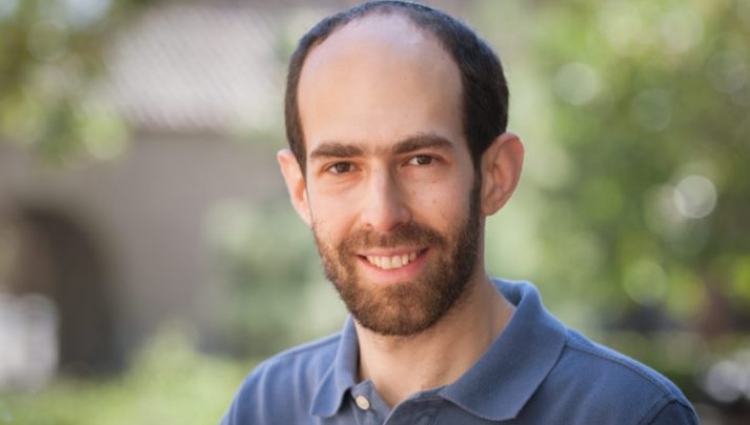Electrons in twisted layers: design and surprise
Publicado: 16/08/2022 - 07:28
Última modificação: 16/08/2022 - 07:29

In most materials, electrons fill bands, starting from the lowest kinetic energy states. The Fermi level is the boundary between filled states below and empty states above. This is the basis for our very successful understanding of how metals and semiconductors work. But what if all the electrons within a band had the same kinetic energy (this situation is called a "flat band")? Then electrons could arrange themselves so as to minimize their Coulomb repulsion, giving rise to a wide variety of possible states including superconductors and magnets. Until recently, flat bands were achieved only by applying large magnetic fields perpendicular to a 2D electron system; in this context they are known as Landau levels. Fractional quantum hall effects result from Coulomb-driven electron arrangement within a Landau level. Eva Andrei and coworkers at Rutgers demonstrated flat minibands in graphene-based superlattices (two or more atomically-thin layers stacked on top of each other, with a twist angle between them.) More recently, Pablo Jarillo-Herrero of MIT and coworkers discovered correlated insulators and superconductors at different fillings of these minibands. Remarkably, the band structure in these systems can be in principle rather well predicted and thus designed, as shown by Allan MacDonald and other theorists, backed up in practice by many experiments. Yet I will share two vignettes about how my group aimed for a particular behavior and found something quite different. The first led to the discovery of the first experimentally-known "orbital magnet", a ferromagnet in which the magnetic moments that align with each other are not spins but tiny circulating current loops. The second was observation of extremely strong (300X) magnetoresistance and other strange electronic properties over a broad range of electron filling -- this one took years to figure out, but we've recently explained it. Each of these two surprises turned out to be caused by an aspect of the layer structure which had not previously been considered important. Finally, I'll reflect on what might enable us to get more repeatable control of structure and thus electronic properties in such twisted systems.